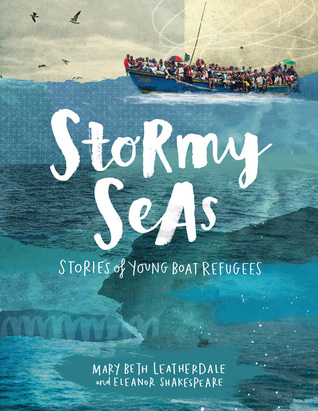I love online book chats. I love the flexibility and the range of thinking that happens when you read with people who are in different teaching situations, etc. And I love the flexibility of reading and discussing at my own pace. I joined #NCTEreads last month. #NCTEreads is an ongoing month-long chat on Facebook and Twitter. I was a bit worried about joining as the book,
Teaching Reading with YA Literature: Complex Texts, Complex Lives, was not at all my area of expertise or work. As a reader, I love YA lit--no question. However, I wondered if I would have anything to contribute or whether I'd be able to connect with the conversation since I teach 3rd grade. But I know the book and I know author Jennifer Buehler (@ProfBuehler) is brilliant so I decided to join. I'm sooooo glad I did!
Although the book focuses on YA pedagogy, there are so many threads that cross age and grade. So much got me thinking in new ways about my role in the classroom. It helped me think about the bigger goals we have for students, and to think about books in new ways.
Not only that, but the Facebook group was full of fun events. A podcast with the author was shared and there were live events with YA authors! I was able to attend one of the live events with author Deborah Heiligman. What a great event. It was a conversation between Jennifer and Deborah about her newest book,
Vincent and Theo which sounds fabulous. It was recently named the Boston Globe-Horn Book Nonfiction Award winner and it's already received several starred reviews! It was a great chat and I was so happy to be able to watch it live on Facebook!
Toward the end of the month, #NCTECHAT will continue this conversation about YA Literature on June 25. #NCTECHAT is a monthly one-hour chat on Twitter. I am excited to learn more and to get new things to think about. One of the things I am loving about #NCTECHATs is that I keep learning new things and meeting new people. I've been brave enough to join chats that are not my area of interest or expertise and every time I find brilliant people who push my thinking.
If you teach middle school or high school, I would definitely recommend this book and joining this conversation. NCTE members can still join the Facebook group, and everyone is welcome to join in on Twitter on 6/25. If you are an elementary teacher and you are still wondering whether a book and conversation about YA has anything to do with you and your teaching, here are some of my favorite quotes from the first half of the book:
"I recognized that young adult authors were drawing me out of my own life and into the larger world. They were helping me think about who I was and who I wanted--and didn't want--to become." (p. 2)
"When students are assigned books they can't understand, and when they sit in classrooms where they listen to others talk about literature instead of reading it themselves, they are shut out from the opportunity to be readers." (p. 3)
"If helping students become readers is partly about helping them form reading identities, it's also about patience and progress over time." (p. 6)
"I want to suggest that there are two key dimensions of text complexity, and we need to attend to both in our teaching. Complexity can be found
in the text--in the overall quality of an author's writing and thinking. But complexity can also be found in what readers
do with texts--in the meanings they create based on their purpose, context and motivation for reading. This means that as we evaluate texts for their inherent measures of complexity, we also need to explore how and why texts
become complex for individual readers." (p. 29)
"Even as teachers adapt their approach to meet the needs of particular students in specific contexts, there are four qualities we can expect to find in common across these classrooms: Qualities of
(1) belief that the work is important; (2) discussions that blend personal response and literary analysis; (3) a sense among students that they are known and valued; and (4) collective investment in a shared experience." (p. 53)
The first #NCTEreads has been such a great experience for me. I've read a great book, met great people, heard from a new author, and I have so much more to think about. Loved the experience!























